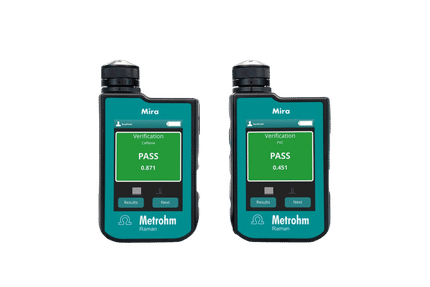To use all functions of this page, please activate cookies in your browser.
my.chemeurope.com
With an accout for my.chemeurope.com you can always see everything at a glance – and you can configure your own website and individual newsletter.
- My watch list
- My saved searches
- My saved topics
- My newsletter
Ethyl bromoacetate
Ethyl 2-bromoacetate is the chemical compound with the formula CH2BrCO2C2H5. It is the ethyl ester of bromoacetic acid and is prepared in two steps from acetic acid[1] Product highlightApplicationsIn World War I, ethyl bromoacetate was used as a lachrymatory agent and tear gas agent for chemical warfare under the German code Weisskreuz (White Cross), and later as odorant or warning agent in odourless, toxic gases. It is listed by the WHO as a riot control agent, and was first employed for that purpose by French police in 1912. The French may have employed gas grenades of this substance in 1914 during World War I. The German army then used this attack to justify their subsequent employment of chemical weapons in 1915.[2] In organic synthesis, it is a versatile alkylating agent. Its major application involves the Reformatskii reaction, wherein it reacts with zinc to form a zinc enolate. The resulting BrZnCH2CO2Et condenses with carbonyl compounds to give a β-hydroxy-esters. It is also the starting point for the preparation of several other reagents. For example, the related Wittig reagent (prepared by reaction with triphenylphosphine) is commonly used to prepare alpha,beta-unsaturated esters from carbonyl compounds such as benzaldehyde: References
Categories: Alkylating agents | Carboxylate esters | Organobromides | Lachrymatory agents |
||||||||||||||||||||||||||||||||||||||||||||||||||||||||||
| This article is licensed under the GNU Free Documentation License. It uses material from the Wikipedia article "Ethyl_bromoacetate". A list of authors is available in Wikipedia. | ||||||||||||||||||||||||||||||||||||||||||||||||||||||||||







